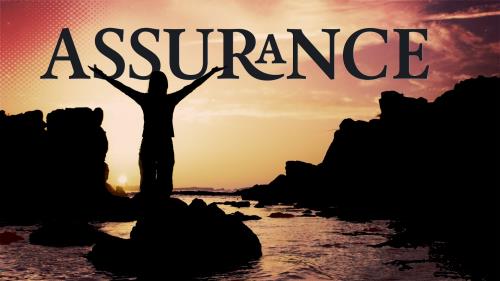-
Singing The Gospel Series
Contributed by K. Edward Skidmore on Nov 28, 2017 (message contributor)
Summary: Sermon #3 in the Hymn-writers series deals with Ira Sankey and Fanny Crosby, one of the most prolific hymn-writers of the 1800’s
Fanny Crosby 1820-1915
Singing the Gospel
CHCC: July 13, 2008
INTRODUCTION:
This Summer I’m preaching a few sermons based on Psalm 149:1-3: "Praise the Lord! Sing to the Lord a new song. Sing his praises in the assembly of the faithful." In the first sermon we talked about Isaac Watts who wrote over 600 hymns in the late 1700’s including WHEN I SURVEY THE WONDROUS CROSS and O GOD OUR HELP IN AGES PAST.
In the second sermon, we talked about song writers who came soon after Watts --- Charles Wesley who wrote almost 7,000 hymns --- songs like JESUS, LOVER OF MY SOUL and CHRIST THE LORD IS RISEN TODAY. And John Newton who wrote AMAZING GRACE.
This may be totally new information to some of you. For others it probably seems like a “trip down memory lane” The point I want us to see is that hymns we think of as so staid and traditional were once NEW SONGS. Watts & Wesley were the Tomlins & Redman’s of their day.
Much of their music has gone by the wayside after 250 years. But a few hymns have such timeless value that we still sing them today. It’s good for us to appreciate our heritage of Christian music. But it is much MORE important for us to be open to the new songs that speak to people here and now.
The challenge we face in the 21st century is the same challenge Christians have faced in every Century. How can we open the way for a new generation of Christian music --- music that will reach people with God’s timeless message in the here and now?
Nostalgia is nice … but it’s not what the Church needs to offer. We don’t come to church to relive the good old days. Church is a place where we can worship our God TODAY --- We want our words and our music to make sense to people who NEED to know about God TODAY.
So … having said that … we’re going to move on in our “music history lessons” --- into the middle of the 1800’s. By this time, the Colonies had become the United States of America. Our nation came out of a painful Civil War still intact. Soon after this, a businessman named Dwight L. Moody began to hold Evangelistic Campaigns in America.
These crusades used the same methods the Billy Graham crusades would use a hundred years later. They started with house-to-house canvassing; local churches of all denominations were invited to participate; and some large, central building was rented for the meetings.
Moody believed MUSIC was important to Evangelism. After he heard a man named Ira Sankey sing at a YMCA, he invited Sankey to join him in his meetings. Both Moody and Sankey left successful business careers and gave the rest of their lives to evangelistic efforts.
Sankey sang a new kind of music that fit the needs of that day. He used melodies that sounded like the popular music of the day. He sang songs using language that sounded like the way people talked in that day. And he often accompanied himself on a little pump organ.
By the way, there were plenty of church folks who disapproved of using an organ to accompany the singing. They associated the pump organs with the Theater. So they complained that Church was no place for playing the Organ! (Hard to imagine, isn’t it?)
The kind of music Sankey chose for these crusades was what you could call testimonial music. It was music that invited people to make a personal decision for Christ. This new music spoke of a personal relationship with Jesus. It was what Sankey called “Singing the Gospel.” One of the hymnbooks he published was called “Gospel Hymns.” This hymn book had the largest circulation of any hymn book before or since.
One song writer stands out in this time period. This one lady wrote over 9,000 hymns in her life time. So many of her hymns were in the song books of that day, that she used a pen-name so the hymnals would not be filled front-to-back with her name. Even today, her songs remain among the most popular across all Christian denominations.
Her name was Francis Jane Crosby. If you look in the last hymn book our church used, you’d find 16 of her songs, including:
TO GOD BE THE GLORY
PRAISE HIM! PRAISE HIM!,
TELL ME THE STORY OF JESUS,
I AM THINE O LORD
NEAR THE CROSS
ALL THE WAY MY SAVIOR LEADS ME
REDEEMED
And the best-known of all her hymns, BLESSED ASSURANCE
Fanny Crosby had a brilliant mind. Even as a child she had memorized big portions of the Bible. She could recite the Pentateuch, all 4 Gospels, Proverbs, and the Song of Solomon. She had natural musical aptitude and could play the harp, piano, and guitar. She preferred to write simple, heart-felt verses that could be used for evangelism, but she was a brilliant poet and was capable of composing complex music with a classical structure.

 Sermon Central
Sermon Central



